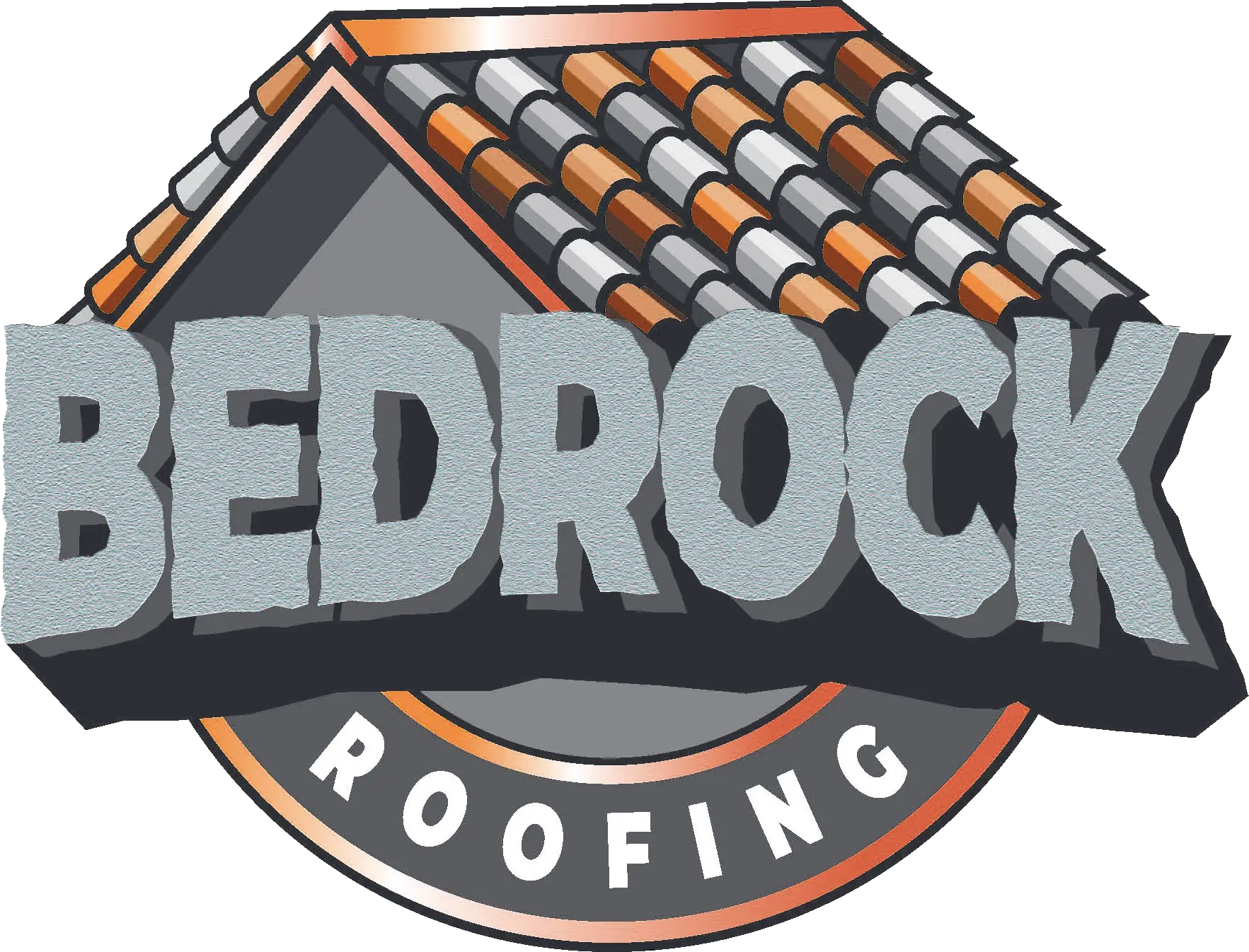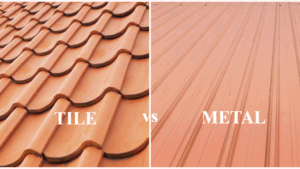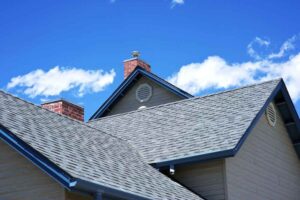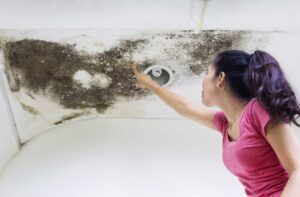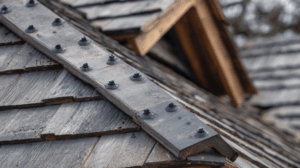Storm Just Hit—and Your Roof Is Leaking? Act Fast.
A roof leak during a storm is one of the most stressful situations for a Florida homeowner. With rain pouring in and ceilings soaking, every second counts.
Whether you live in Fort Myers, Cape Coral, or Lehigh Acres, knowing what to do in the first hour can mean the difference between a minor ceiling stain and major structural repairs.
This blog will walk you through:
- Immediate steps to stop water damage
- How to identify the leak source (safely)
- What not to do
- How professional roof leak repair works
- Why leaks often point to deeper storm damage
Step 1: Control Interior Water Damage Immediately
When you spot water dripping from the ceiling or pooling on the floor, your first job isn’t to fix the roof—it’s to contain the water.
Do This First:
- Place buckets, trash bins, or plastic tubs under leaks
- Use old towels or tarps to protect furniture and flooring
- If the ceiling is bulging, carefully puncture a small hole to release trapped water and prevent collapse
- Shut off power to affected rooms if there’s any chance water is near outlets or lighting
Roof water damage spreads quickly through insulation and drywall. Every minute counts.

Step 2: Do NOT Climb on the Roof During a Storm
It’s tempting to grab a ladder and try to find the leak yourself—but that’s a serious safety risk. Rain-slicked shingles, high winds, and hidden damage can lead to falls or electrocution.
Leave roof inspections to professionals with proper safety gear and storm-rated equipment. If safe, take photos of interior leaks and puddles—these can help your roofer assess where the breach may be.
Step 3: Call an Emergency Roofing Contractor
You need temporary protection immediately, and a plan for permanent repairs once the weather clears.
At Bedrock Roofing, we offer:
- 24/7 emergency tarping and leak control
- Drone inspections when roofs are too dangerous to walk
- Fast-tracked roof repair quotes for insurance claims
- Priority service during hurricane season
Learn more about our Emergency Roofing Services in Southwest Florida.
Common Causes of Roof Leaks During Storms
Wind Damage
High winds lift shingles or metal panels, allowing water to enter underneath.
Compromised Flashing or Sealant
Rain finds its way in through weakened flashing around chimneys, skylights, or roof vents.
Clogged Gutters
Overflowing water backs up under roof edges or soffits, leaking into the attic.
Age + Wear
Old shingles or tile become brittle, crack, and absorb moisture over time.
Need help identifying the source? Our drone-assisted inspections locate leaks fast—even before they become visible inside.
Early Roof Leak Signs to Watch For
Not all leaks are obvious. These early warning signs often point to hidden roof damage:
- Brown stains or bubbling paint on ceilings or walls
- Musty odors in the attic or upstairs rooms
- Dripping sounds during rain, even with no visible water
- Mold or mildew near air vents or insulation
- Hot spots on the ceiling (moisture can affect thermal insulation)
If you’ve experienced a recent storm and notice any of these, schedule an inspection. Waiting too long can turn minor damage into an expensive replacement.

How Roof Leak Repair Works After a Storm
At Bedrock Roofing, here’s what our repair process typically looks like:
- Emergency Tarping or Water Control
We stop the active leak with temporary coverage. - Full Roof & Attic Inspection
Using drones and/or manual checks, we identify the leak source and check for hidden damage. - Repair Recommendation or Replacement Quote
Depending on the roof’s age, material, and storm severity, we’ll recommend the best next step. - Insurance Documentation & Photos
We provide detailed records and photos for your insurance claim, including wind uplift or water damage evidence. - Certified Repair Using Storm-Rated Materials
We use high-quality shingles, flashing, and sealants approved for Florida’s climate and wind codes.
Learn about material durability in our Roofing Material ROI Guide.
Preventing Future Roof Leaks in Florida
Roof leaks aren’t always due to neglect—Florida’s weather is relentless. But there are steps you can take to reduce your risk:
- Schedule an annual roof inspection before hurricane season
- Clear gutters and downspouts monthly
- Trim nearby trees and branches
- Ensure attic insulation and ventilation are up to code
- Consider upgrading to storm-resistant roofing systems or sealants
For full protection, explore our Hurricane Roof Preparedness Guide.
How Bedrock Roofing Helps You Stay Protected
We’re not just leak patchers—we’re local, licensed, and built for Florida’s toughest weather.
Whether you’ve got a small drip or major water intrusion, we offer:
- Fast emergency leak control
- Roof repairs using Florida-approved systems
- Insurance-ready documentation
- Preventative inspections and climate-specific advice
Serving Fort Myers, Lehigh Acres, Cape Coral, Naples, and the greater SWFL region. Need help now or planning ahead? Book your free roof inspection today.
